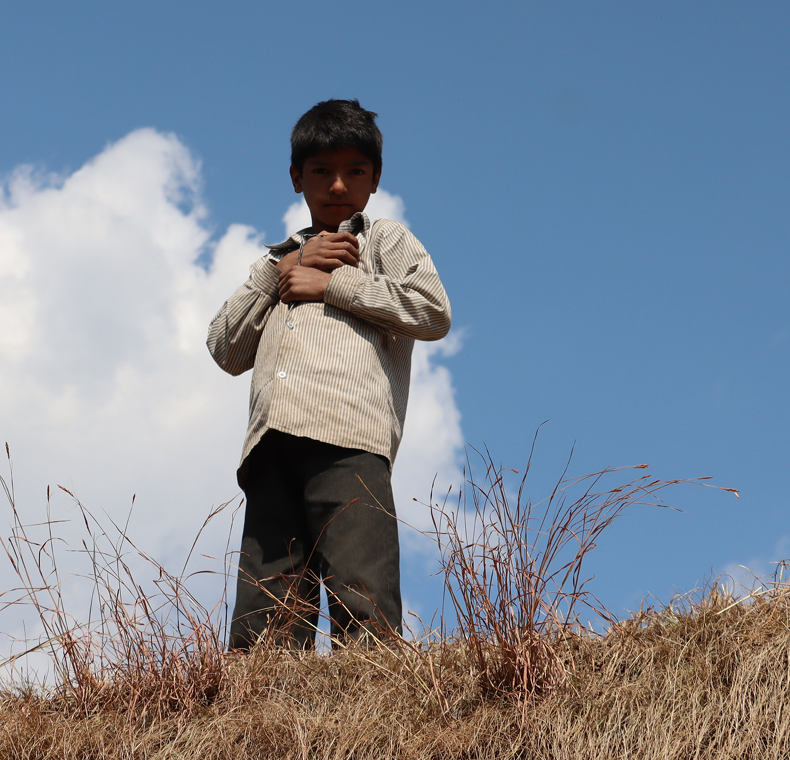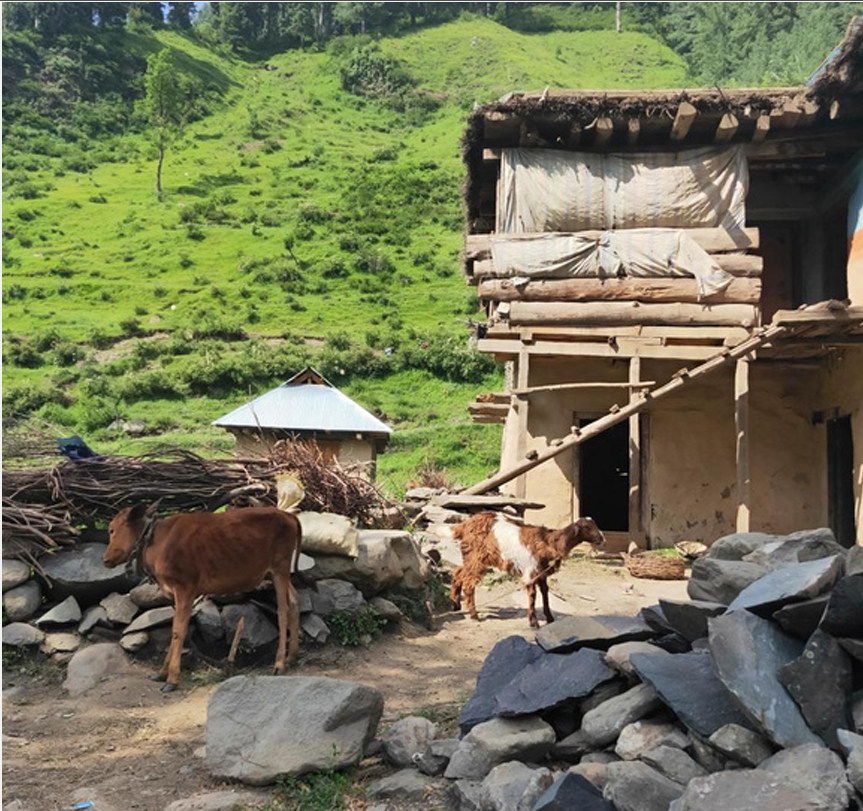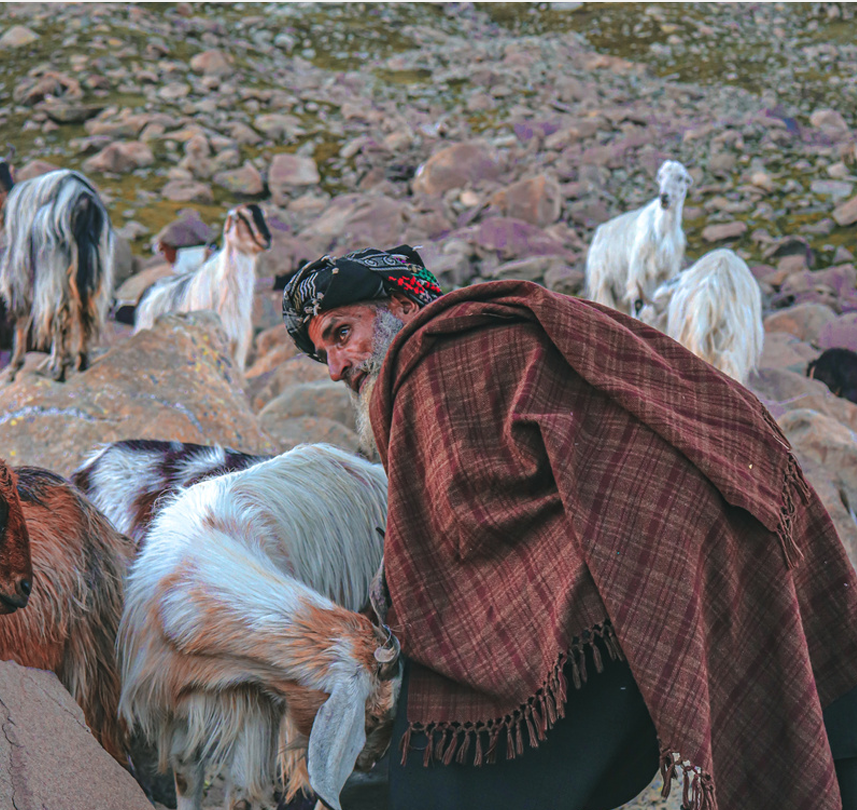
tribal livelihood
MIRASI TRIBE , jammu & kashmir

In Jammu and Kashmir, Mirasi, an ethnic community, is known to be musicians, storytellers, and performers. The very name suggests their custodianship of the cultural heritage of the groups they belong to - Gujjars and Bakkarwals. In the past, mainly, the Mirasis have been concerned with maintaining and transcribing genealogies and oral culture, and thus the custodians of a culture by means of means of art and narration.

The Mirasi tribe lives off conventional practices, particularly music, dance, and oral recitation. As entertainers and genealogists, they perform during weddings, religious festivals, and other events, frequently working with other communities, such as the Rajputs and Gujjars. They have depended on their specialized performance skills for economic sustenance for centuries. Some members of the tribe also engage in agricultural labor, owing to restricted access to land and formalized employment.

Mirasis are vital to keeping alive the oral histories, music, and culture of their societies. They are famous for their memorization and recall capabilities, maintaining clan histories, legends, and folk lore, usually with musical accompaniment. Using the Gojri language, Mirasis retell heroic legends and myths in verse form, which help in retaining the cultural heritage of the Gujjar and Bakkarwal communities. Their art forms are priceless in transferring collective memory over generations.

The Mirasi community is confronted with socioeconomic challenges such as poverty, illiteracy, and landlessness. Most Mirasi families are living in poverty, and a high rate of children dropping out of school restricts education. Though they receive government assistance under the "Other Social Castes" category, their educational and employment opportunities are low. Land ownership is also a critical issue since most Mirasi families are landless, and many are compelled to work as farm laborers. These issues affect their capacity to maintain traditional practices.

Strides are being taken to enable the Mirasi tribe to advance their cultural practices and enhance their socioeconomic condition. Local organizations and government interventions are involved in providing learning opportunities, vocational education, and economic assistance. Encouraging literacy and sustainable livelihood among Mirasis can improve their way of living while ensuring the perpetuation of their culture. Reinforcing these initiatives could allow the Mirasis to pursue their cultural functions and add diversity to the region's culture.


